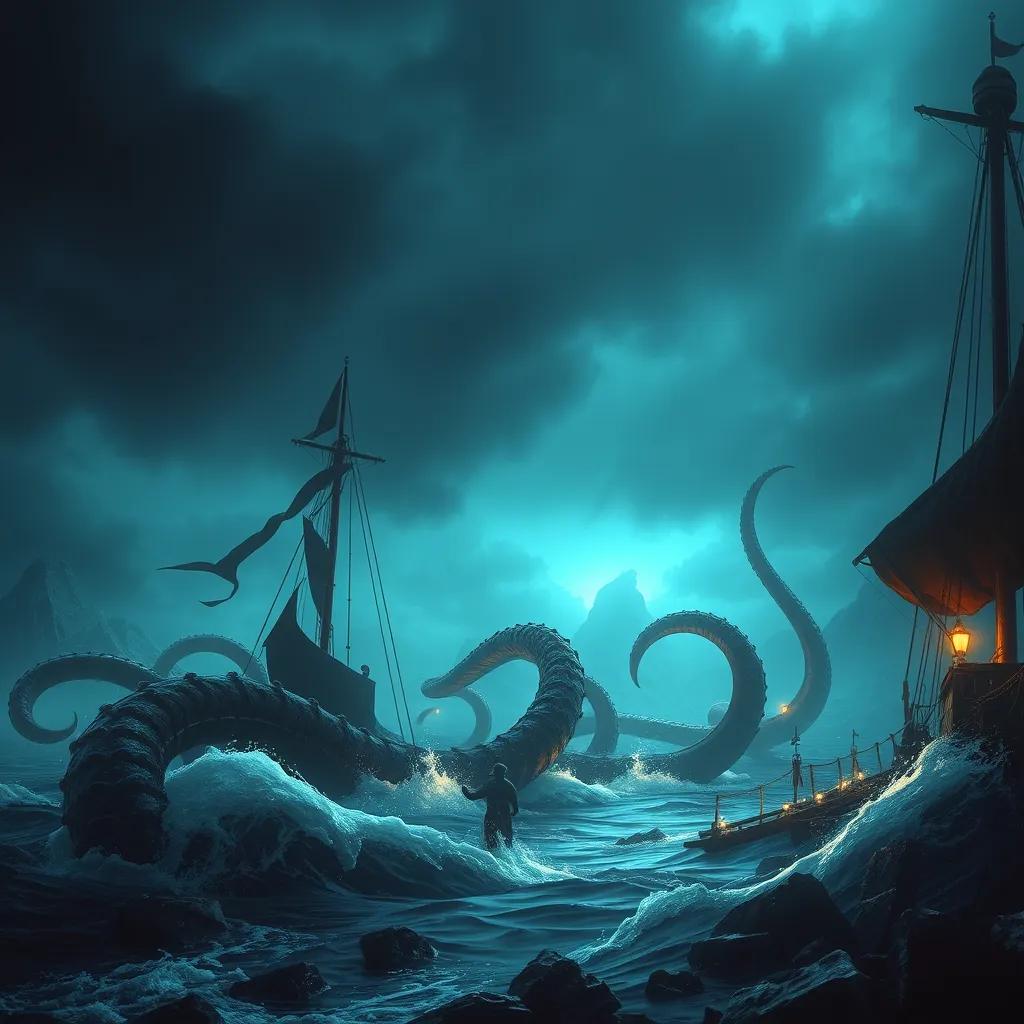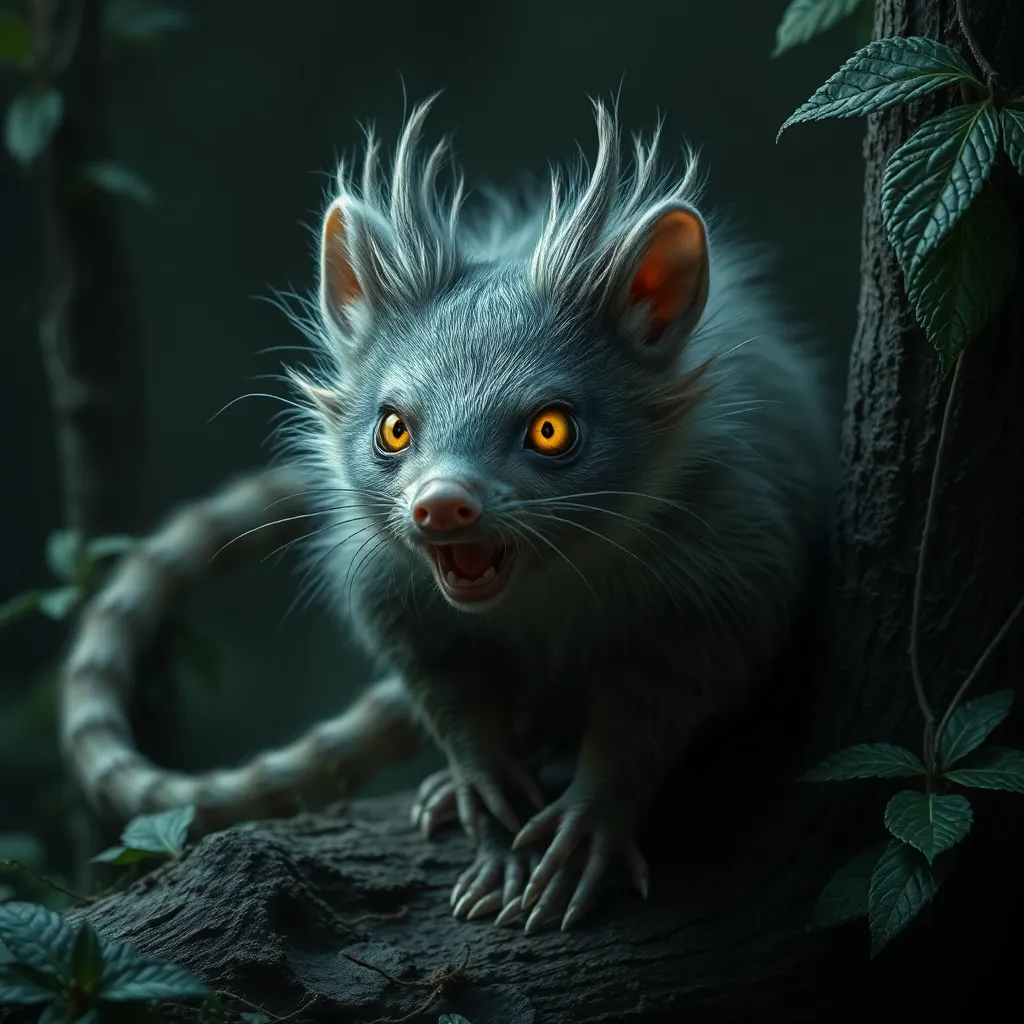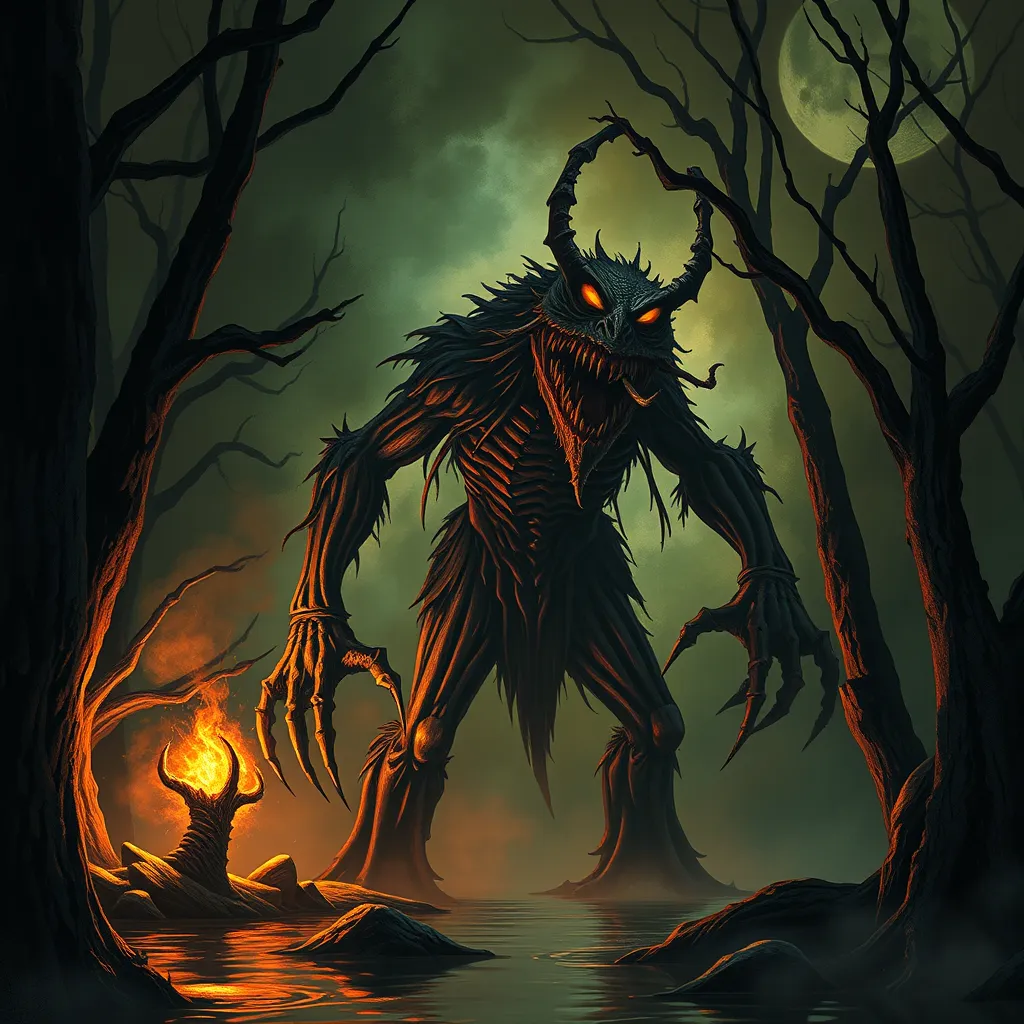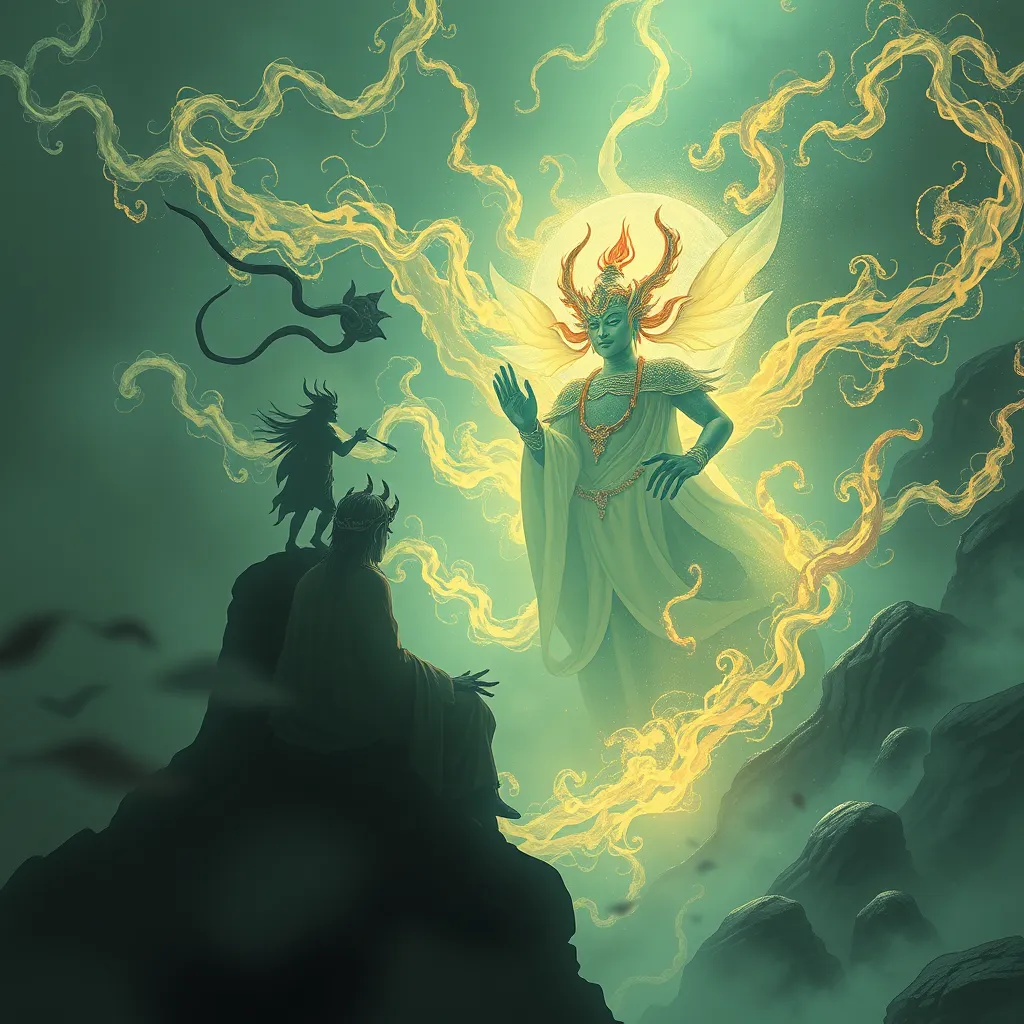The Kraken’s Impact on Seafaring: The Monster’s Role in Shaping Maritime History and Folklore
I. Introduction
The Kraken, a mythical sea monster, has long been a staple of maritime folklore, capturing the imagination of sailors and scholars alike. This legendary creature, often described as a giant cephalopod, is said to dwell off the coasts of Norway and Greenland, attacking ships and dragging sailors into the depths of the ocean. The significance of the Kraken extends beyond mere legend; it has played a pivotal role in shaping the narratives and practices of seafaring throughout history.
This article will explore the origins of the Kraken legend, its impact on maritime folklore, practices, and its representation in art and literature. It will also examine scientific perspectives on the creature and its metaphorical implications in modern society.
II. The Origins of the Kraken Legend
A. Historical accounts of giant sea creatures
Accounts of enormous sea creatures date back to ancient civilizations. The Greeks spoke of sea monsters like the Cetus, while Norse sagas referred to various creatures that inhabited the ocean depths. These early descriptions likely set the stage for the development of the Kraken myth.
B. Cultural influences on the Kraken myth
The Kraken legend has been shaped by diverse cultural influences, including Norse mythology and the seafaring traditions of Scandinavian countries. Mariners shared tales of encounters with monstrous beings, which were often exaggerated and morphed into the Kraken we know today.
C. Early literary references and their impact
One of the earliest literary mentions of the Kraken appears in Francesco Negri’s travelogue from the 17th century, where he describes a giant sea creature that could destroy ships. Such references fueled the imagination of writers and artists, embedding the Kraken into the fabric of maritime culture.
III. The Kraken in Maritime Folklore
A. Stories and tales from sailors across different cultures
Throughout history, sailors from various cultures have shared chilling tales of the Kraken. These stories often depict the creature as a formidable foe capable of sinking entire fleets. Some sailors believed that the sighting of the Kraken heralded impending doom.
B. Symbolism of the Kraken in seafaring communities
The Kraken has come to symbolize the fears and uncertainties of life at sea. As a representation of the unknown, it embodies the dangers that sailors faced in uncharted waters. It serves as a reminder of the ocean’s power and unpredictability.
C. The Kraken as a cautionary figure in maritime tales
- Many maritime tales featuring the Kraken are cautionary, warning sailors to respect the ocean’s might.
- These stories often emphasize the importance of preparation and vigilance while navigating treacherous waters.
- The Kraken thus serves as a metaphor for the consequences of hubris in the face of nature.
IV. The Kraken’s Influence on Seafaring Practices
A. Impact on navigation techniques and ship design
The fear of the Kraken and similar sea monsters influenced navigation techniques. Sailors developed more cautious sailing routes, avoiding areas rumored to be inhabited by these creatures. Ship designs also evolved, with more robust vessels being constructed to withstand potential attacks.
B. Changes in maritime safety protocols due to Kraken fears
As tales of the Kraken spread, maritime safety protocols began to adapt. Sailors embraced practices that included:
- Regularly checking the hull for damage.
- Training crew members in emergency response strategies.
- Establishing lookout duties to spot potential dangers at sea.
C. The role of the Kraken in the development of maritime laws
The Kraken’s mythical nature also influenced the development of maritime laws. Disputes arising from shipwrecks attributed to the Kraken led to legal discussions regarding liability and responsibility at sea, shaping the framework of maritime law that exists today.
V. The Kraken in Art and Literature
A. Depictions of the Kraken in art history
Throughout art history, the Kraken has been depicted in various forms, from medieval manuscripts to modern illustrations. Artists have portrayed the creature in dramatic scenarios, often emphasizing its size and ferocity.
B. The Kraken in literature: from classic novels to modern interpretations
The Kraken has inspired countless literary works. Alfred Lord Tennyson’s poem “The Kraken” presents the creature as a fearsome being lying in wait beneath the waves. In contemporary literature, the Kraken continues to appear, often reimagined in fantasy and horror genres.
C. The monster’s influence on popular culture and media
Today, the Kraken remains a popular figure in films, video games, and merchandise. Its portrayal often blends horror with adventure, keeping the legend alive in the collective consciousness.
VI. Scientific Explanations and Modern Interpretations
A. Real-life creatures that may have inspired the Kraken legend
Some scientists suggest that the Kraken legend may have been inspired by real creatures such as the giant squid or the colossal squid. These elusive beings, capable of reaching impressive sizes, could easily be mistaken for a mythical monster when spotted.
B. The role of scientific exploration in debunking or validating myths
As scientific exploration of the ocean has advanced, many myths surrounding sea monsters have been debunked. However, the mystery of the deep ocean continues to fuel speculation about undiscovered species, keeping the spirit of the Kraken alive.
C. Modern encounters: how the Kraken myth persists today
Modern reports of giant sea creatures, whether mistaken sightings or legitimate encounters, help perpetuate the Kraken myth. Documentaries and media portrayals often revive interest in the legend, prompting discussions about the boundaries between myth and reality.
VII. The Kraken as a Metaphor in Modern Society
A. The Kraken in contemporary discussions of the unknown and fear
In today’s context, the Kraken can symbolize humanity’s fear of the unknown, particularly regarding climate change and environmental degradation. It represents the lurking dangers that may arise from neglecting nature.
B. Environmental and ecological implications connected to the Kraken myth
The Kraken myth also echoes current concerns about the ocean’s health. Overfishing, pollution, and climate change threaten marine ecosystems, prompting a reevaluation of humanity’s relationship with the sea, much like the cautionary tales of old.
C. The Kraken as a symbol of human struggle against nature
Ultimately, the Kraken embodies the struggle between humanity and nature. It serves as a reminder of our vulnerability in the face of natural forces and the importance of respecting and understanding the world around us.
VIII. Conclusion
The Kraken’s significance in maritime history and folklore is profound. It has shaped narratives, influenced maritime practices, and inspired countless works of art and literature. Its legend endures, reminding us of the mysteries of the ocean and the human experience with the unknown.
As we reflect on the Kraken’s legacy, we find a rich intersection of myth and reality that continues to resonate. The stories of this fearsome creature serve not only as cautionary tales but also as symbols of our ongoing struggle to coexist with the vast and unpredictable forces of nature.



